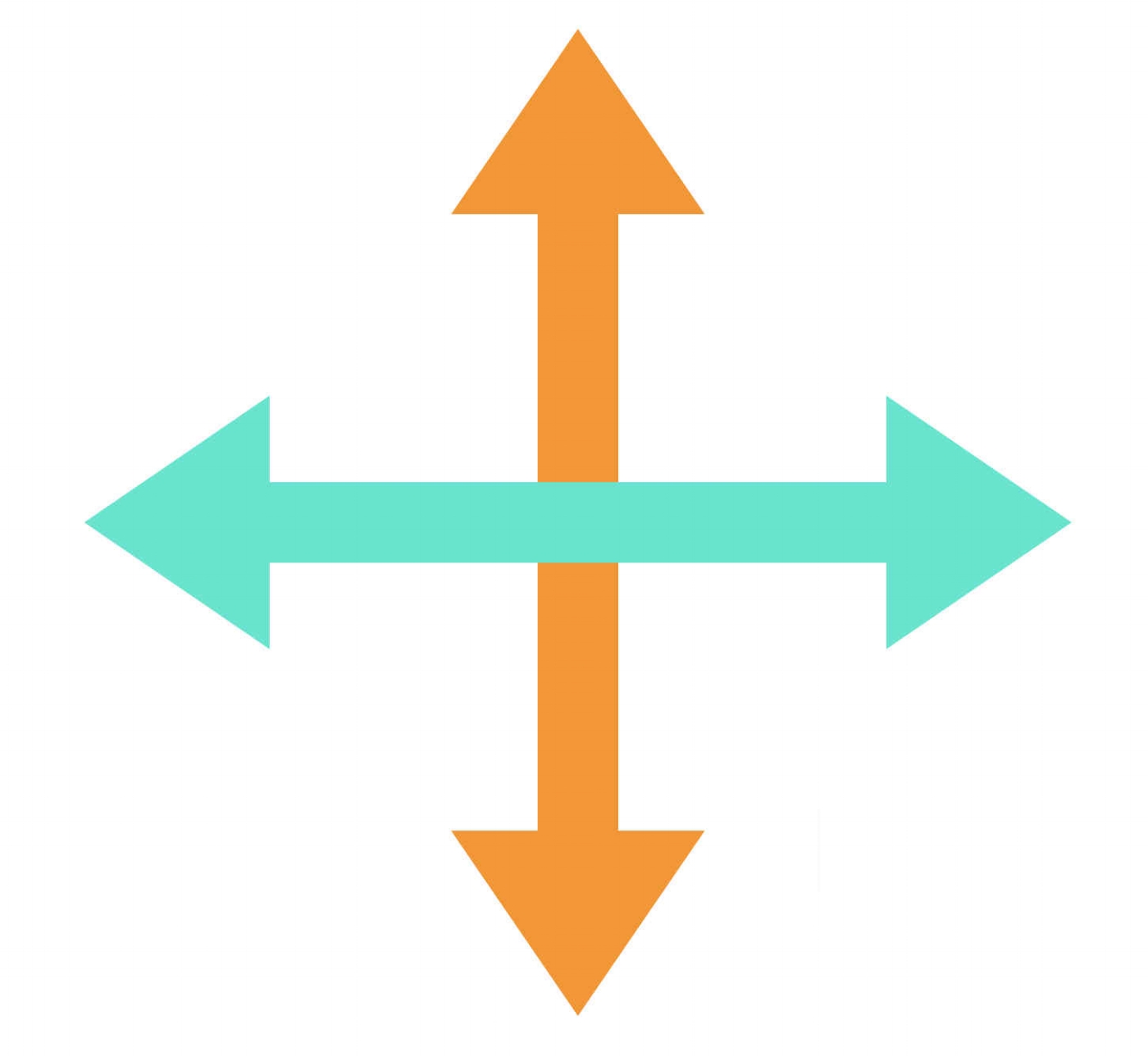Sell LEGO on Bricklink: A Helpful Illustrated Guide
/Bricklink is a website where LEGO enthusiasts can buy and sell both used and new LEGO. My passion for LEGO started when I was really young. Unbeknownst to me at the time, some of the sets I received are actually worth quite a lot of money now. I still have some rare LEGO Star Wars minifigures which I would sell, but I decided not to for two reasons.
I too am a lego collector, so having a few rare minifigures is something I enjoy
The business model I wanted to setup had to be repetitive
That second reason was, for me, the most important. I saw a way that I could grow my LEGO business. To start out, selling used LEGO as well as purchasing some new sets to part-out (more on that later) would allow me to build some initial capital. I would then use that money to invest in more stock, to re-sell for a profit.
There has been a lot of talk recently about selling LEGO by weight. Whilst this makes selling LEGO easy, the return you will get is usually very poor for what LEGO is actually worth. Bricklink, on the other hand, is one of the best ways to sell LEGO for cash. Bricklink fees are relatively low (3% on order totals valued at $500 or less) compared to eBay and you’ll have access to a marketplace of Lego enthusiasts.
How To Profit From New LEGO
Compare LEGO set retail prices for their part-out value, compared to the average retail price. Parting out simply means selling all of the individual new parts, minifigs, etc. You can look at set part-out values on Bricklink.
I would look for part-out values of 2x-3x retail price. The retail price includes any discounts and cashback you may receive.
Buy multiples of that set so I have multiples of each part in my stock inventory. This helps when it comes to selling.
Sort and store. Organisation is key. I have an affiliate link to all of the products I have bought on Amazon for this purpose, below.
Log your inventory on Bricklink and set the price of each item. I automatically set each item at the average price sold in the past 6 months.
Wait for buyers
Pack well, dispatch quickly. Good communication with your buyers is also important.
Record keeping is key. Track everything. Calculate your gross profits (sales - cost of goods). Cost of goods can include stock purchasing, PayPal Fees, Bricklink seller fees, etc.
A Repetitive LEGO Business Model
The simple flow chart below is my Bricklink Business model and it works like this:
I split my monthly gross profit 70/30
30% is my income
70% goes back into stock reinvestment
It's simple, it works and it drives business growth. With this model, your income is lower on month one. However, as you reinvest a larger proportion of your gross profits (sales - cost of goods) on stock, your turnover increases and that 30% will grow in absolute value. Once your business is established, you may decide to alter the ratio to 80/20, and so on.
Stock: Breadth Vs Depth
When you have a large store, you will have both breadth of range and depth of stock. If a potential buyer wants to find one very specific piece, you will likely have it.
But conversely, if a buyer wants large quantities of one part, you will also be able to provide. When starting out, you have to decide which tactic you are going to go with. There are advantages to both which I will outline here.
BREADTH OF RANGE:
Wanted Lists - You are more likely to have less common parts on someone’s wanted list, which can attract them to your store
Upselling - In this context, I am referring to when a buyer is looking to buy one specific part/minifig from your store. Since LEGO is light and small, it usually doesn’t cost any extra in shipping to add on a few more parts here and there. This helps when it comes to selling even small quantities of common LEGO pieces at a time.
DEPTH OF STOCK:
Storage - You will have to organise and store all of your LEGO and dividing 100, rather than 1000 unique parts/minifigs etc. into containers will be easier.
Quantity buyers - Simply put, Bricklink is a niche LEGO website where there is a large market for MOC builders (My Own Creations). These buyers tend to gravitate towards buying large quantities of single common parts as well as unique parts. So having multiples of common parts will be easier to sell.
Organise Quicker - I am basing this on the assumption that you will have bought multiples of one set in order to stock this sort of store. If you buy multiples of one set, you will find organising, uploading and storing the inventory is much faster than having a number of unique sets.
My recommendation at the start would be to go for store depth rather than breadth. The faster organisation and ease of storage, especially, are great advantages for a small startup store. Focus on that and your store can grow organically in terms of breadth of range.
How I Source My LEGO
Sourcing new LEGO is very simple. That is the beauty of buying new LEGO at retail, it’s just a case of finding a good deal. You could spend time regularly scanning through pages of new LEGO on retailer websites or going out and searching in brick and mortar stores. Or you could automate the process. I simply set up a keyword alert on hotukdeals for ‘LEGO’. I’d say I get around 3-5 e-mail notifications per day, letting me know of the deals that other people have found. I glance at the e-mail and if it looks relevant (some deals are hyper-local), I will follow it through.
Additionally, here are a few quick tips:
Check online and in-store clearance sections for big price reductions
Have your Bricklink Price Guide handy in-store/online
Regarding the Price Guide, tick the ‘extra parts’ box if you want to sell the extra parts too
Products I Use To Run My Lego Business
White Jiffy Postal Bags (Large Letter): The vast majority of my shipments can be packed in these. The beauty of LEGO when it comes to shipping is two-fold. It's lightweight and small.
Grip Seal Bags: I use these in a range of sizes when it comes to packing an order. I usually pack each unique set of bricks/minifigures in small bags and then pack those bags in a large bag before placing in the envelope.
Plastic Microwave Containers: These are great for storing good quantities of LEGO. I number each of them and stack them. When I input the lego parts on Bricklink, you have the option to add a remark (which only you can see). I record the container number here and place the part in the corresponding container.
Adjustable Clear Plastic Organiser: This is great for a few reasons. Firstly, the vertical plastic dividers can be moved which is good for dividing small and large lego parts. It is also clear plastic, meaning I can see any small parts that remain in the box. And finally, when you close it, the dividers are the height of the container, so there is no part spillover between segments.
How To Index Used LEGO on Bricklink
If you have used/second hand LEGO to sell, either sourced or your own, you have to add it to your stock inventory on Bricklink’s website. This can be a challenge if you don’t know what part you are holding in your hand. So here are some things to think about:
Where to find LEGO part numbers:
On most LEGO parts, you can find a string of digits. This is the LEGO part number and you can use that to search for the part on Bricklink. Sometimes there are separated strings of digits on the parts (41769-5-02). In this case, I would ignore the latter and input the first string of 5 digits (41769).
Watch out for colour differences
Make sure to select the correct colour of your part. In some cases, this isn’t as easy as it sounds. For example, there is a distinct difference between light grey and light bluish grey, which is seen in newer sets.
If you have a whole set, use inventories
If you have all/part of a used set, you can use this to your advantage. If you know the set, great. Search for it on Bricklink and then you can do one of two things. Either look at the “set inventory” tab below the item and use that to identify and log all of your parts. Or you can ‘part-out’ the set, set the default condition to ‘used’ and log all of your parts that way.
What if i can’t figure out the set name/number?
If you don’t know which set you have, you can use one part to find out. I would choose a distinctive looking part from that set and search for that part number.
On the ‘colour info’ tab underneath, you will see a section called ‘known colours’. Pick the colour you have and you will see a list of all the sets that part is in. This makes finding your set a lot easier.
Your Store Terms Are Important
General Terms & Conditions
I set these out very clearly in my store. I make sure any potential buyer is aware of:
Minimum order requirements - If the buyer has to surpass a minimum purchase value.
The Condition of My LEGO - How I store my LEGO, what I classify as new and used.
Payment Methods Available - Eg. PayPal, Visa, Mastercard, American Express.
Order Processing Times - How long it will take me to dispatch their order.
Shipping Terms and Conditions
Just as important, shipping T&Cs make the buyer aware of:
Cost Of Shipping - So they know before they go to make a purchase.
Order Processing Times - Reiterate what was stated in the general T&Cs.
Order Packaging - So the buyer knows how their package will be protected for delivery.
My Bricklink Store - Capital Creations
I would recommend checking out my Bricklink Store, Capital Creations to check out my store T&Cs and shipping policy. I have broken everything down so it is clear and simple for the benefit of the customer.
If you liked this post, hit the like button down below. Do you sell Lego? Are you going to start? Let me know in the comments section down below.












The best UK LEGO Deals and Promo Sets that you can get right now in November 2024 from a range of trusted online retailers. Updated daily.